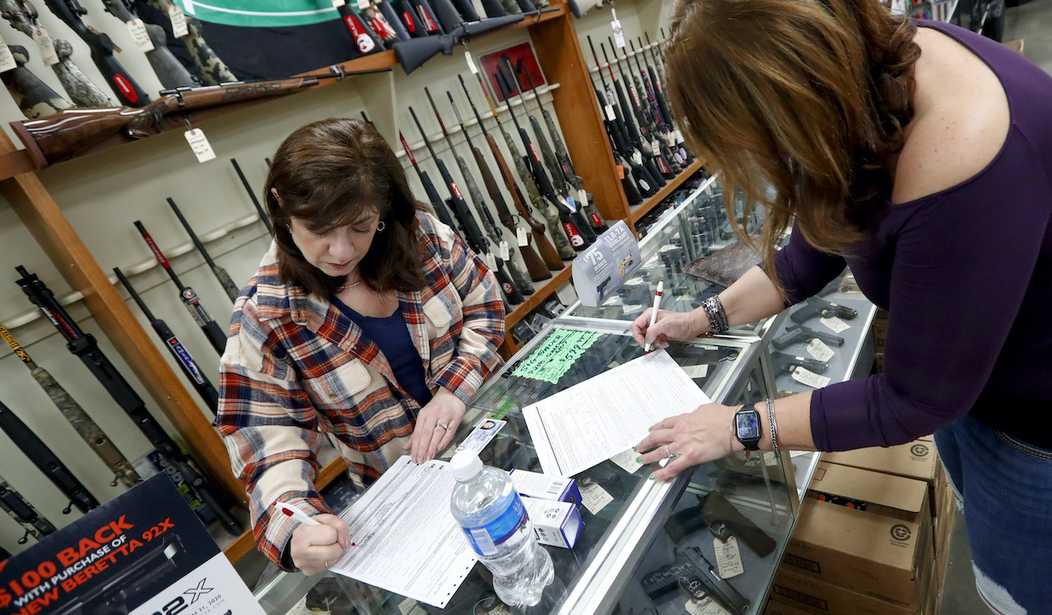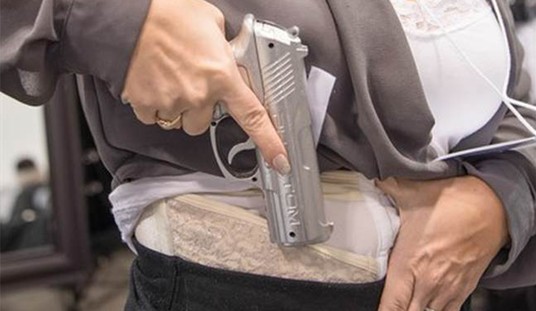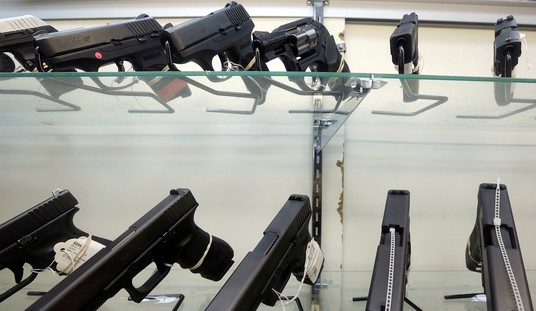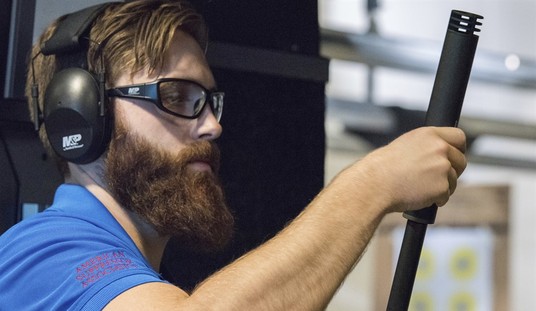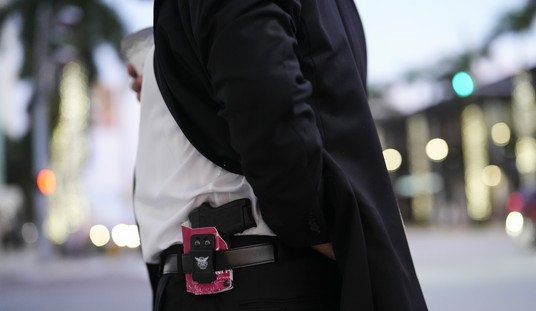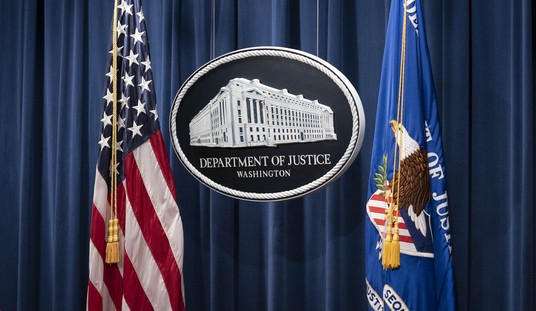Earlier today I covered the decision out of the Tenth Circuit Court of Appeals ordering an injunction (to some degree) against New Mexico's 7-day waiting period. While I talked about the major contours of the decision and how the three-judge panel reached its conclusion, there is one bit that escaped my attention on first read that should be of huge help to Second Amendment litigants in future cases.
When trying to demonstrate a national tradiition of gun ownership that allows for whatever modern gun law has been called into question, the defenders of the law almost inevitably point to 18th and 19th century bans on, as the panel put it, "freedmen or black slaves, Native Americans, and other 'disfavored' ethnic or cultural groups." Inevitably, these gun control activists will contend that even though the motivation for these laws is morally repugnant, and the laws themselves would be at odds with the Constitution today, they are still valid examples of the limitations that can lawfully be imposed in accordance with our national tradition of gun ownership.
New Mexico made that case in defense of the 7-day waiting period, and the panel's response should be cited in every case going forward where anti-gunners deploy this history in defense of their deplorable laws.
No doubt, these types of laws proliferated in Colonial and Founding-era society. Whether out of misguided cultural beliefs that these groups were prone to violence, or a more realistic belief that slaves might turn arms against their owners, most of these laws were justified by concluding that those populations were dangerous. And some laid a burden even heavier than what the Waiting Period Act imposes (though the scope was still narrower, because none was society-wide).
But as with intoxication laws, the justifying principle used to identify who qualified as dangerous differed from the law before us. Racism, classism, and other discriminatory biases motivated these targeted laws, not a general fear that all citizens could not be trusted to exercise their rights responsibly. See William Baude & Robert Leider [Editor's note: Leider is the current ATF general counsel], The General-Law Right to Bear Arms, 99 NOTRE DAME L. REV.1467, 1513 (2024) (“The legal principle governing these examples is that certainindividuals are not part of the political community . . . in whom the right to keep and bear arms is vested, particularly those in a state of war with the political community or who would rise up against it if given the opportunity.”). Once again, New Mexico cannot justify a populace-wide burden using only class-based foundations.
And even if these historical practices categorically denying firearm sales to ethnic or cultural groups established a helpful principle, they would not be proper comparators. The district court acknowledged that “[m]any founding-era gun regulations, including the historical analogues discussed by the Court, undoubtably are repugnant.” Ortega v. Lujan Grisham, 741 F. Supp. 3d 1027, 1093 (D.N.M.2024). But it recognized that “the Supreme Court has not suggested that courts may analogize only to those regulations that would not be viewed as discriminatory or unconstitutional today.” Id. That is wrong. (emphasis added) See Heller, 554 U.S. at 610–16(discussing the unconstitutionality of post-Civil War laws disarming Blacks); Bruen, 597 U.S. at 28 (“[N]ot all history is created equal.”). Relying on these analogues would commit us to consider “a law trapped in amber”—amber formed in an era when blatant racism escaped constitutional scrutiny.
But proper originalist interpretation requires a comparison between people enjoying the same sets of rights. Comparing the Second Amendment rights of a citizen today with the Second Amendment rights of a slave before emancipation and reconstruction tells us nothing. Just as a comparison between the voting rights of an adult today and a minor in 1800 tells us nothing. As New Mexico’s own expert explained, “[t]he chief problem facing African Americans in a racist American society was not a singular deprivation of gun rights, but the deprivation of all rights.”R. Vol. 1 at 126 (emphasis added) (citing ROBERT J. SPITZER, THE GUN DILEMMA11–13 (NY: Oxford University Press, 2023)).
I'm currently reading a preview copy of Jacob Sullum's upcoming book Beyond Control in preparation of his visit to Bearing Arms Cam & Co next week, and he writes extensively about the racist gun laws in the Founding and Civil War era, as well as the robust tradition of bearing arms among freedmen and former slaves despite the efforts by a racist society to keep them disarmed and defenseless.
A longstanding national tradition is one that must have remained in place throughout the 250 year history of the United States, and throughout the entire nation, or at least the vast majority of the states. And a national tradition, if one exists, of depriving entire classes of people citizenship or the exercise of their rights because of the fear of the consequences from those in power, is so contrary to the fundamental values of our Founding that it cannot be reasonably be cited as justification for modern gun laws. To cite a repugnant law in defense of a modern statute only suggests the repugnant outcomes that can come from its enforcement.
I'm sure the anti-gunners will continue to deploy this argument going forward. What else can they do when the historical record of gun regulation is so thin? But the Tenth Circuit Court of Appeals decision authored by Judge Timothy Tymkovich has thoroughly demolished this particular defense of gun laws, and Second Amendment attorneys (and judges) will be citing it whenever this malignant defense of unconstitutional laws rears its ugly head.

